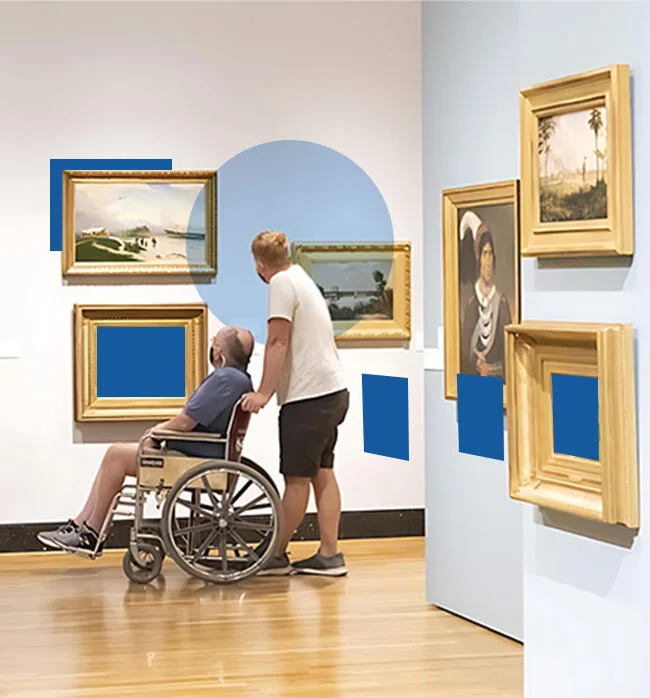
Art museums are undergoing a radical shake up in more ways than one
Over the last decade, there have been some radical changes when it comes to how people view and experience art. Part of it of course has to do with how technology has become a regular feature of our daily lives, as well as how much more resources are available to create and display art. This has resulted in the emergence of new artists and art forms that have changed the industry.
However, while social media and the internet become new avenues to host art, museums aren’t going anywhere. In fact, they are innovating and experimenting with their design and architecture to ensure more accessibility to the people.
Tech interventions
While self guided tours as well as scanning codes to get information on an exhibit or an artist has become a feature over most major museums across the world, there has been more. The same feature has slightly evolved in its format to feature a more snappy, reel-like video made by the artists themselves talking about their work, rather than an AI voice explaining the same. This has been adopted across the Met, and is making its way to other museums as well.
Added to this, spatial design for such spaces has become disability inclusive, inviting a previously largely ignored population group into the arts. It has also led to a radical rethink of what it is to explore a gallery, moving between two exhibits, and how it all shapes our understanding of cultural production. For example, MAP in Bengaluru has been conceived keeping in mind access for all, whether in terms of availability of different linguistic tools or even the kind of art that is curated.
Context matters
Often, people’s gripe with contemporary art is its opacity and difficulty to get into. This common complaint has undergone a revision as museums seek to create sections that are solely for the uninitiated and cover criticism and appreciation, as well as cultural history. Another way galleries rectify this is by exhibiting older classics alongside modern works, drawing parallels between the two as well as giving the audience an understanding of the evolution of art movements.
These trends in art museums, named ‘radical accessibility’ and ‘radical hospitality’, seek to provide what visitors want from a museum visit, rather than curating in a way that’s solely for art critics and artists.